Self-Portrait 1887
In 1886 Vincent van Gogh left his native Holland and settled in Paris, where his beloved brother Theo was a dealer in paintings. Van Gogh created at least twenty-four self-portraits during his two-year stay in the energetic French capital. This early example is modest in size and was painted on prepared artist’s board rather than canvas. Its densely dabbed brushwork, which...
- Size:
- 41 × 32.5 cm (16 1/8 × 12 13/16 in.)
- Medium:
- Oil on artist's board, mounted on cradled panel
- Credit:
- Courtesy of the Art Institute of Chicago
More from this artist...
Loading...
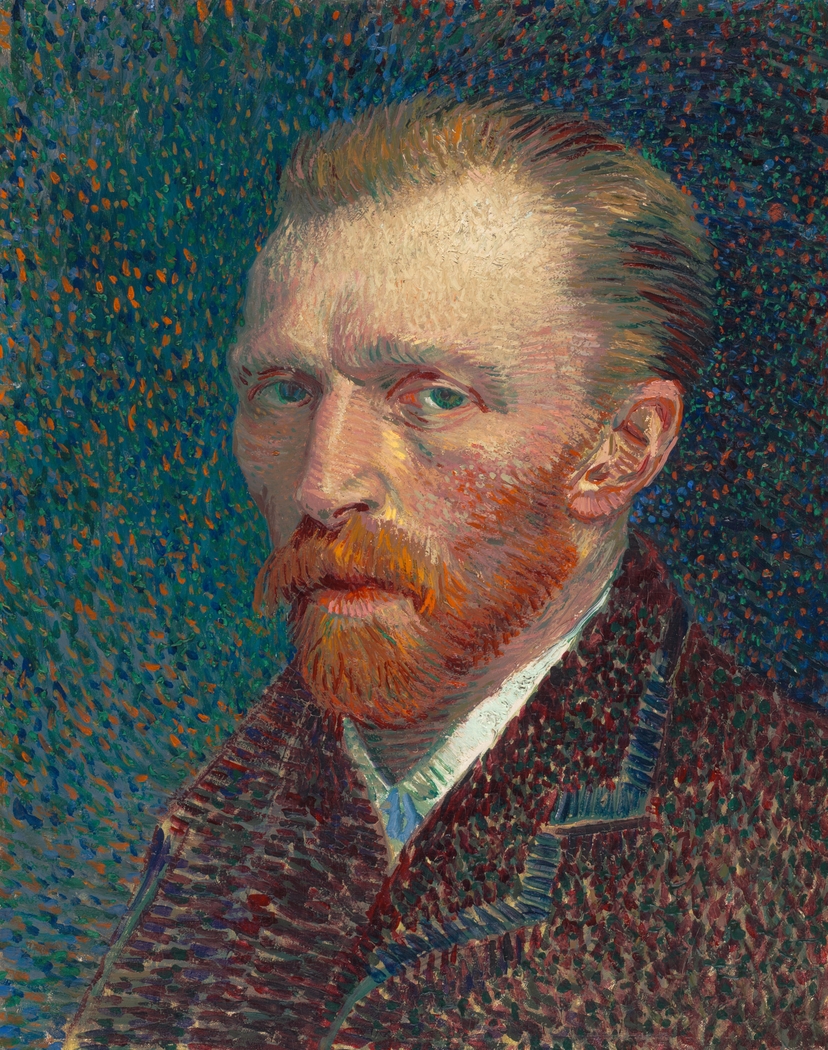
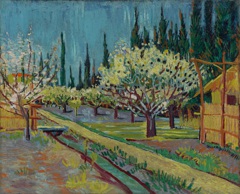
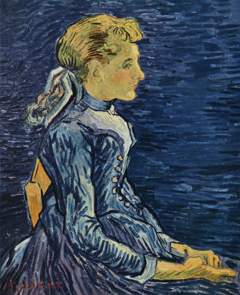

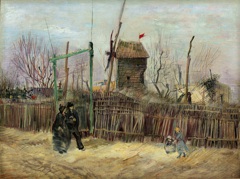

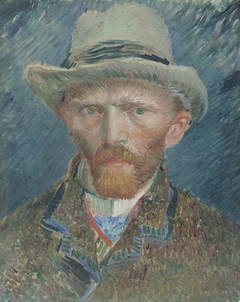
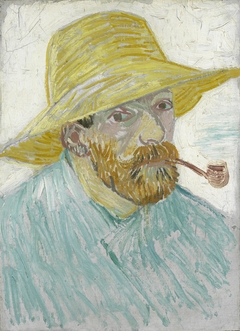
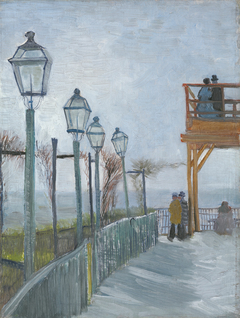

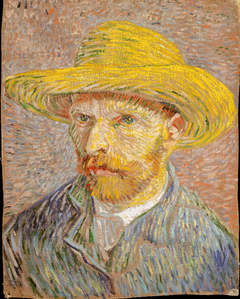
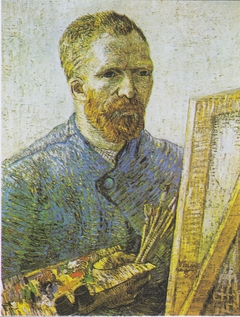

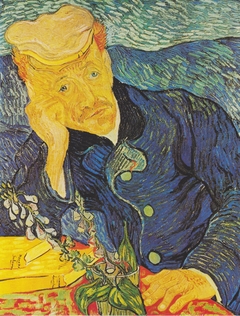
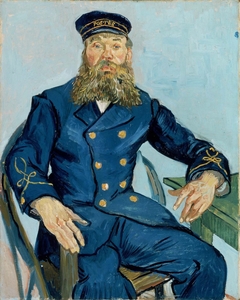
Discussion